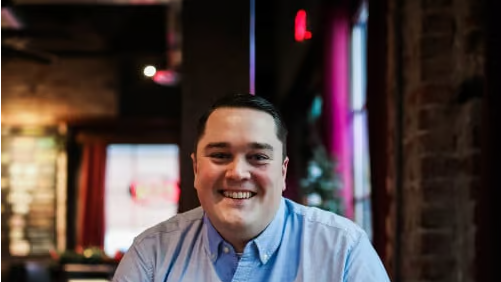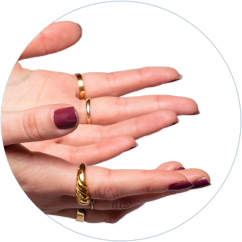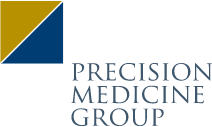Treating healthcare’s digital phobia

Meet Georgette Pascāle, the newest leader to join the PRECISIONeffect team! Georgette has over 15 years of experience working with healthcare brands to elevate their PR and social marketing efforts. In 2005, she founded her own communications agency, Pascāle Communications, and has seen tremendous success working with brands such as Lumenis, Glaukos, Johnson & Johnson, among others.
Today, she shares why healthcare brands shouldn’t be afraid to add social media and PR to their campaign toolbelt and the “need to know” for doing so.
1. Prior to merging with PRECISIONeffect, you ran a successful and completely virtual communications agency for over 15 years. As someone who has been entrenched in the digital space before “work from home” was common, what do you believe is holding brands back from adopting PR and social media?
I think the biggest barrier for brands is truly a lack of education, leading many brands to stick with the status quo. It’s very difficult for healthcare marketers, who have been doing things a certain way for their entire career, to imagine what a PR and social media strategy could look like and the impact it could have in their commercial plan.
“You’re telling me doctors are using Instagram?” is something we often hear and the answer is a resounding yes! We, as marketers, must remember that HCPs are people too. And people, regardless of their career, are increasingly consuming news and information online. It’s time the healthcare and pharmaceuticals industries follow suit, even if in their own, creative way.
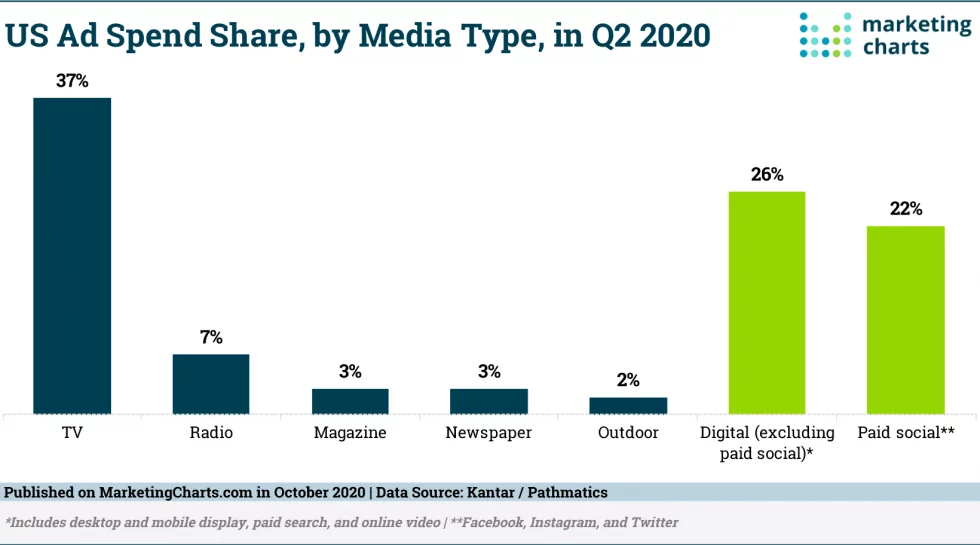
The status quo mindset plaguing healthcare makes it hard to think outside the box and not only adopt new tactics, but really get creative in how they deliver the information they want to share. For example, podcasts are a great PR opportunity for healthcare brands to share scientific information in an engaging way but too many write this medium off, assuming it’s not appropriate for their brand. It can be! It’s all about how you frame and deliver your messaging.
2. A common fear we hear from clients when it comes to moving online is the lack of control brands have – from user comments, platform policies, FDA regulations, etc. How do you manage this risk on user-generated sites like social media?
Risk is inherent any time you put your message out into the world, but that doesn’t mean you can’t put safeguards in place. Our team knows the ins and outs of ISI and FDA protocols. We help brands put together a blueprint for content creation and speaking engagements that has several checkpoints along the way to ensure we’re always compliant.
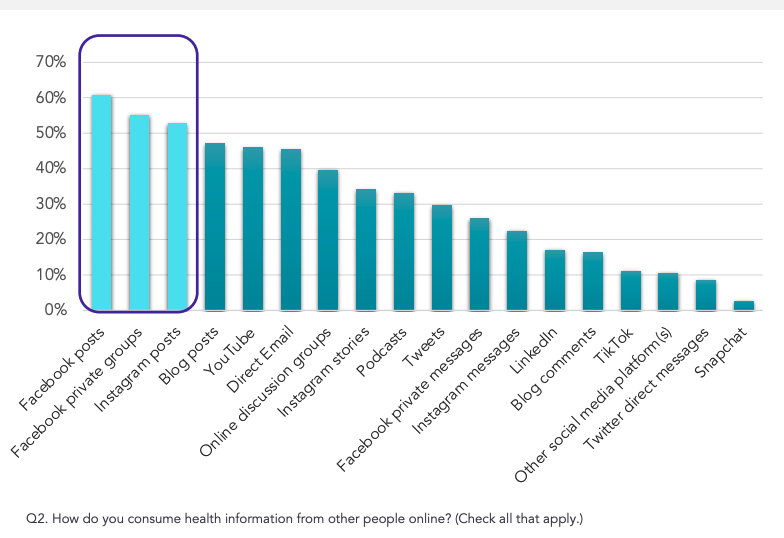
At the tactical level, brands should designate someone to monitor digital channels. It’s a great way to not just remove inappropriate content, but really get to know your customers. At the end of the day, social media is about engagement and having users respond to your content is a good thing! We’re experts at creating engagement in a compliant way, but that approach is unique to each brand.
On the PR side, mitigating risk is all about preparation. Know what you want to say and what you can and cannot say. We help clients identify the best spokesperson for a given topic and then prepare them through extensive media training – no one is ever speaking with the press completely off the cuff.
3. When it comes to social media and PR, where do you see the biggest opportunities for brands looking to get their feet wet? What tactics/strategies are non-negotiable these days and why?
The non-negotiable for social media marketing is paid social. You can’t just post organically anymore, the space is too saturated. Whatever you’re doing and however you plan to do it, there needs to be a paid element. However, it does not have to be astronomical.
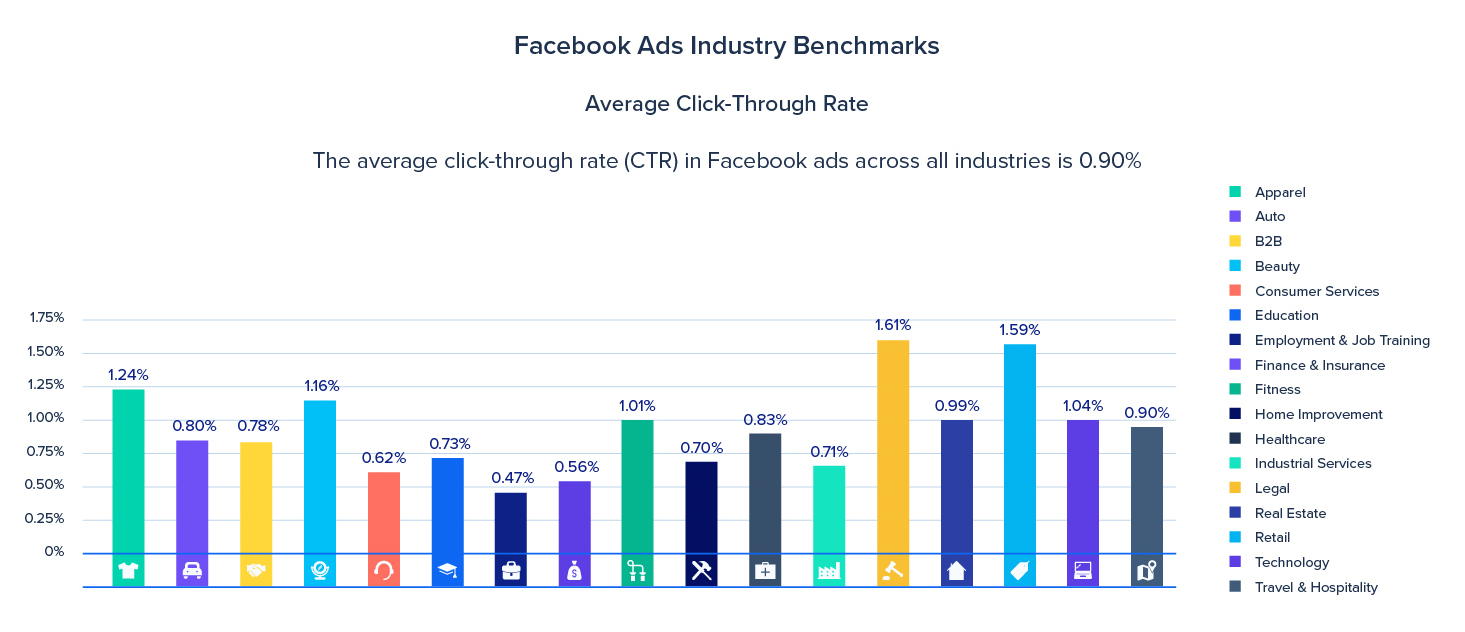
That’s a big misconception in this space, that you have to spend so much money to have an impact. However, I’d argue paid social media is often more cost-efficient than traditional advertising because of social platforms’ robust targeting capabilities. With paid media, we can more accurately articulate how ads are moving users along the commercial journey and better demonstrate ROI.
When it comes to public relations, I would emphasize that being open to exploring new opportunities is most paramount. Let your PR partner educate you on why a medium or outlet is beneficial and collaborate to bring the right message to that audience. The media landscape is always evolving and consumers are getting their information from a variety of sources, meaning you don’t need a feature in the Wall Street Journal to be successful.
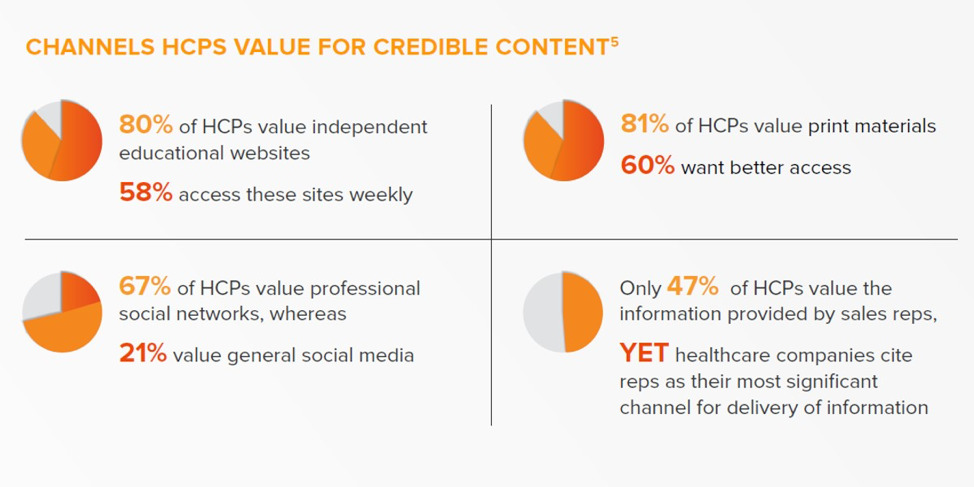
Really though, the non-negotiable overall is simply taking action! Now is not the time to be afraid. Healthcare brands are already online, but there’s still room for you to contribute and have an impact. But you can’t wait any longer. I’d advise brands to get their feet wet by starting small, tackling one platform or opportunity at a time, and incrementally add on.
4. Lastly, consumer trust and public perception is paramount to many healthcare and pharmaceutical brands. How can companies use social media and PR to increase brand trust and goodwill?
While many brands see having a digital presence as a risk, the right approach can actually positively influence brand perception. It comes down to two things: being authentic and listening to your customers.
You need to present who you truly are to the world, and not be afraid to do so. Show the people that make up your company. Talk about your research, systems, and culture. But most importantly, talk about what issues are important NOW. You need to have a strategy for responding to events that arise – as we’ve seen in the last year.
On the same line of being authentic is listening to your customers. Social media is supposed to be social, it shouldn’t be a one-way communication stream. So many brands are concerned with growing their follower count, but have never asked their current followers for feedback. I’d encourage brands to collect this information and respond in a meaningful way. Post an Instagram poll to your stories and when the results come back, make people feel heard and start a conversation about the results.
You need to remember: the “influencers” you’re looking to impress are your patients, the people who actually use your product. Share thoughtful content and be responsive and you’ll win them over.

